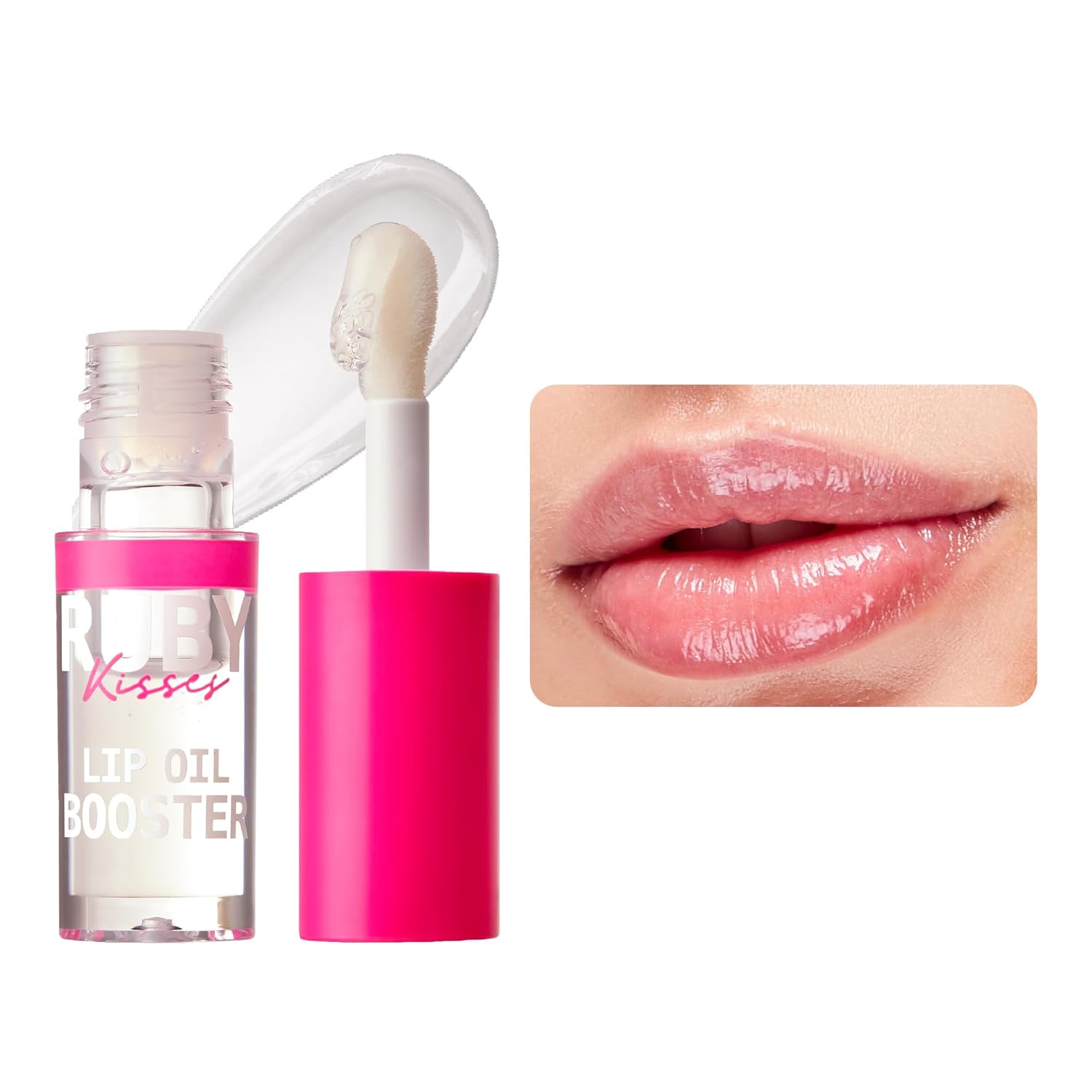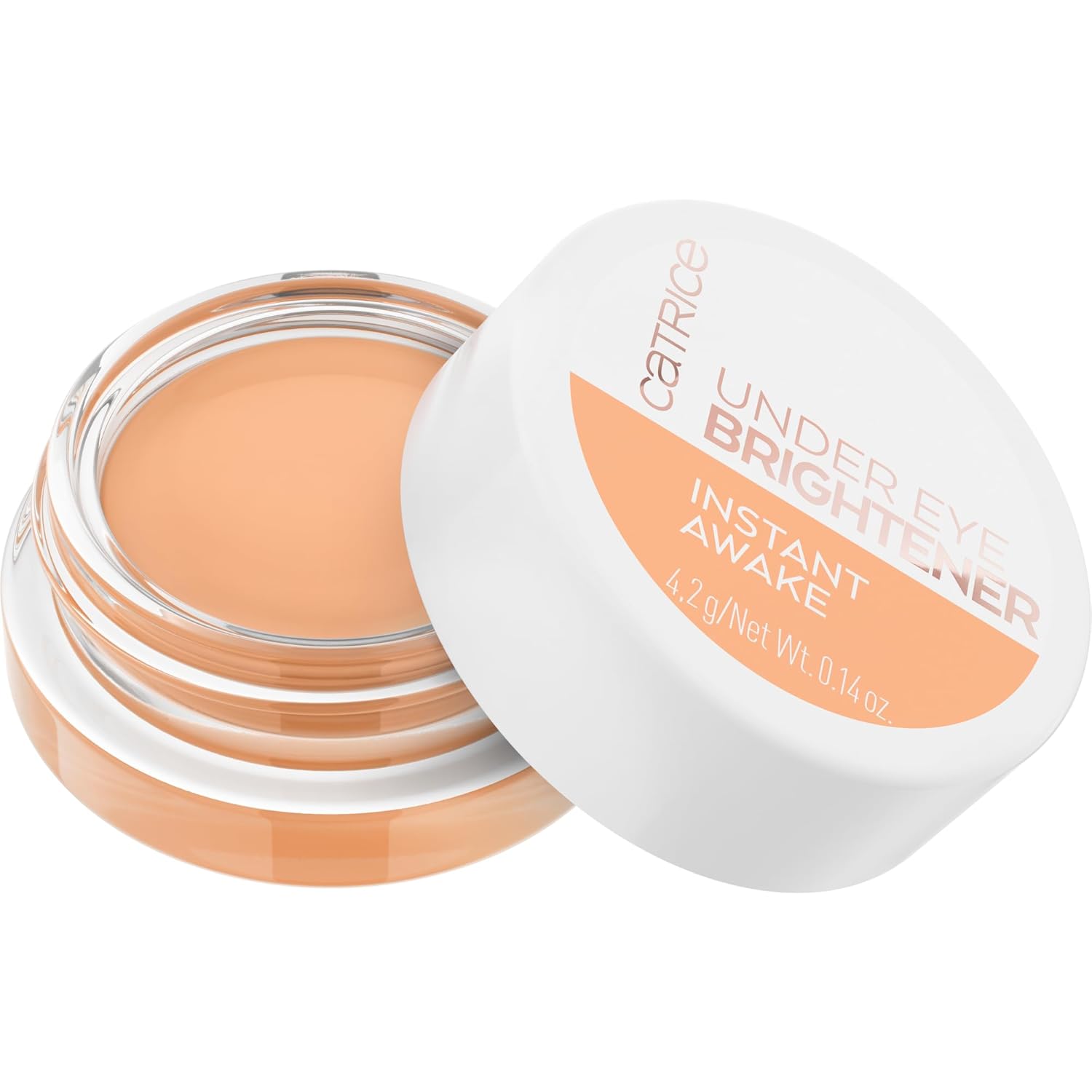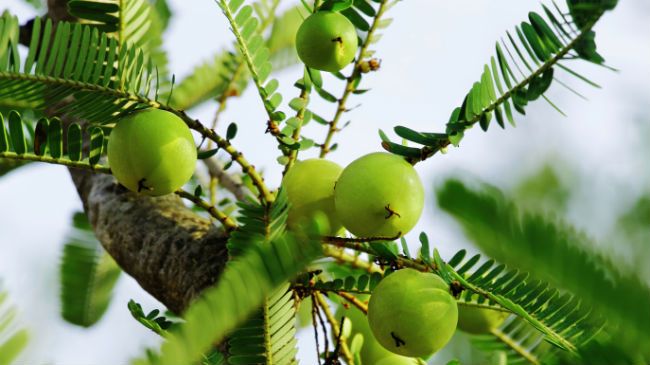
Where does it come from?
Among the many botanical based ingredients currently popular in hair care routines, amla is perhaps the one that seems the most mysterious, at least from a chemistry point of view.
Amla is derived from the fruit of the Indian gooseberry or Phyllanthus emblica L., a deciduous tree found in both the tropical and subtropical portions of the Indian and Southeastern Asian countries.
The lemon-sized fruit is greenish yellow with attractive vertical striations and has a bitter, sour, and sweet taste. While amla fruit is primarily composed of water, it also contains a variety of sugars, carbohydrates, protein, fiber, minerals, and contains very high amounts of ascorbic acid (vitamin C”>. For many centuries it has been prized by practitioners of Ayurvedic medicine as well as many other groups for its reportedly amazing medicinal attributes as well as for its beneficial properties for hair and skin.
What does it do?
Advocates who support topical use of amla for hair claim that it is has many uses:
- cleansing agent
- deep conditioning treatment
- dandruff remedy
- prevents graying of hair
- darkens hair without use of dyes
- imparts shine
- improves hair growth
Too good to be true?
It certainly sounds too good to be true. What exactly is in the amla that is sold for domestic use? Does its composition and chemistry lend any credibility to the many bold claims?
Unless you are fortunate to have access to the fresh fruit, amla is generally available as either a powder or oil. The light brown powder is obtained by drying the entire fruit and grinding it into a powder. The amla oil is actually made by soaking the dried fruit in another oil such as coconut, sesame seed, and sometimes mineral oil. Some of the components of the dried fruit seep into the carrier oil, which is filtered to remove the bits of fruit prior to market. This means that most amla oil products being sold are actually more of a botanical infusion of amla in coconut, sesame, or mineral oil. Although it is possible to extract the fatty acids from the seeds of the amla fruit in the same manner as they are extracted from coconuts, avocados, shea nuts, and argan fruit, it has not been the traditional manner of using this fruit.
ELLAGIC ACID
Chemical make-up of the amla powder
Since the dried powder is made from the whole fruit, it contains all of the nutrients found in the amla, including the fatty acids from the seeds, glucose and the complex carbohydrates, vitamins, phytochemicals, protein, and minerals. The fatty acids found in the seeds are predominantly polyunsaturated ones (~63%”>, with the remainder being made up of 27% monounsaturated fatty acids and 9-10% medium to long chain saturated fatty acids. These molecules are generally too large and unwieldy to penetrate into the cortex of a hair strand, so they coat the outside of the hair and provide some slip and emollient properties.
Amla & Vitamin C
Amla powder also contains large amounts of vitamin C, which acts as an antioxidant and anti-inflammatory agent, and also may stimulate collagen growth in scalp tissue.
Vitamin C also has antimicrobial properties that can help fight dandruff and other infections of the scalp. The mildly acidifying properties of vitamin C may also enhance the strength and quality of the cuticle layer of the hair and add some shine. Too much vitamin C can be drying to the hair though, so this is probably a good reason to use this powder only occasionally.
Gallic & Ellagic Acid
Two other interesting components of amla powder are phytochemicals gallic acid and ellagic acid. Gallic acid is a phenol molecule that has antiviral, antifungal, and antioxidant properties. It was also used to make ink in Europe and the Mediterranean regions for at least 2,000 years. While it has not been studied for this purpose, perhaps gallic acid is the agent responsible for the anecdotal reports of gradual darkening of the hair when amla is used over time. Ellagic acid is a polyphenol found in many fruits, especially red ones such as raspberries. It is also documented to have antifungal, antiviral, and antioxidant properties.
These acids could also act as chelating agents to help remove some metals from the hair. Both gallic acid and ellagic acid can also combine with glucose, also present in amla powder, to form polymeric tannic acids. These may also darken hair over time, as tea has also been used for its tannic acid to darken and dye fabric and hair. It seems doubtful that amla powder can prevent graying of hair or that it can perform any miracles, but it does seem as if it could provide some benefits to hair.
How to use amla powder
- Soak the amla powder in water to form a paste, which can then be applied to hair as a mask or used to scrub the scalp. The aroma from this fruit can be fairly unpleasant, so you can add a small amount of an essential oil or botanical extract to give it a more pleasant scent.
- To prevent a mess, use a shower cap to cover your head while the mixture has some time to sit on your scalp and hair.
- Once you have allowed the treatment to sit for a while, gently remove it by rinsing hair under warm, running water and carefully working it out of your hair.
- Follow up with conditioner if your hair feels like it needs more slip.
- Another way to use amla powder is to simply add some to a small amount of conditioner and apply it after it has had a chance to become slightly hydrated. Rinse normally.
Amla Oil
Oils labeled “amla oil” are actually perhaps more accurately called infusions of amla fruit in an oil base.
The carrier oils used are primarily sesame, coconut, almond, or mineral oil and sometimes contain other botanical extracts, such as Ayurvedic herbs, rosemary, and even henna.
It is likely that most of the effects of these products can be attributed to the oil and other actives in the product. Unlike the powdered fruit, these oils contain virtually no vitamin C, as it is not oil soluble. However, there may be some of the phytochemcials, gallic and ellagic acid, present in the oil mixture so it may provide some of the benefits, such as the antioxidant effects, as well as the antifungal and antiviral. Some darkening of the hair may also occur over time with repeat use, although this seems less likely than with the powder.
How to use it







If you wish to try amla in this form, look for one in a plant-based oil to derive the most benefit, and use it as you would coconut or almond oil. You can use it as a scalp treatment, a deep conditioning treatment, or simply add it to your leave-in conditioner, styling product, or directly to your ends.
It is always fun to try new things, or in this case, really old things. Although it is not likely to be a miracle cure for all that ails you and your hair, amla does sound as if it could provide some benefits for your hair and scalp.
Curlies will need to make sure they add plenty of moisturizers and emollients if they use the powder, as it does not have much to offer as far as conditioning on its own. If you already incorporate amla in your regimen and love it or tried it and hated it, we would love to hear about your experience!











